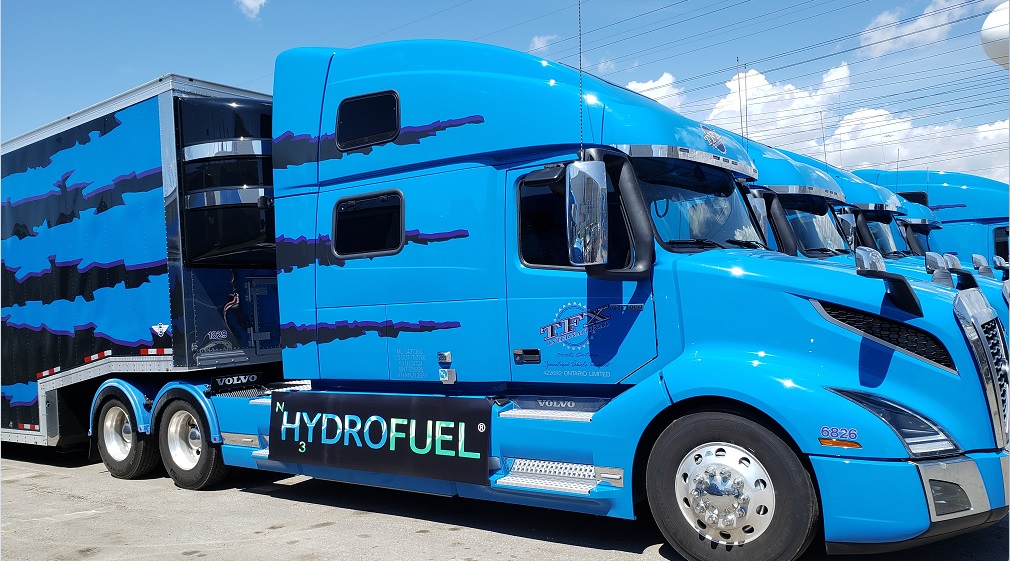Ontario Tech Develops Its Own Flavor of Direct Ammonia Fuel Cell
How simple can a fuel cell be? How about if it’s a direct ammonia fuel cell? This question came to mind during perusal of a paper that appeared in the June 2019 edition of the journal Chemical Engineering Science. The paper, “Development and performance evaluation of a direct ammonia fuel cell stack,” was written by Osamah Siddiqui and Ibrahim Dincer, both active within the Clean Energy Research Laboratory at Ontario Tech University in Canada. Their design may or may not ever reach the point of commercialization, but there is no denying its essential simplicity.








